News by
The Guardian on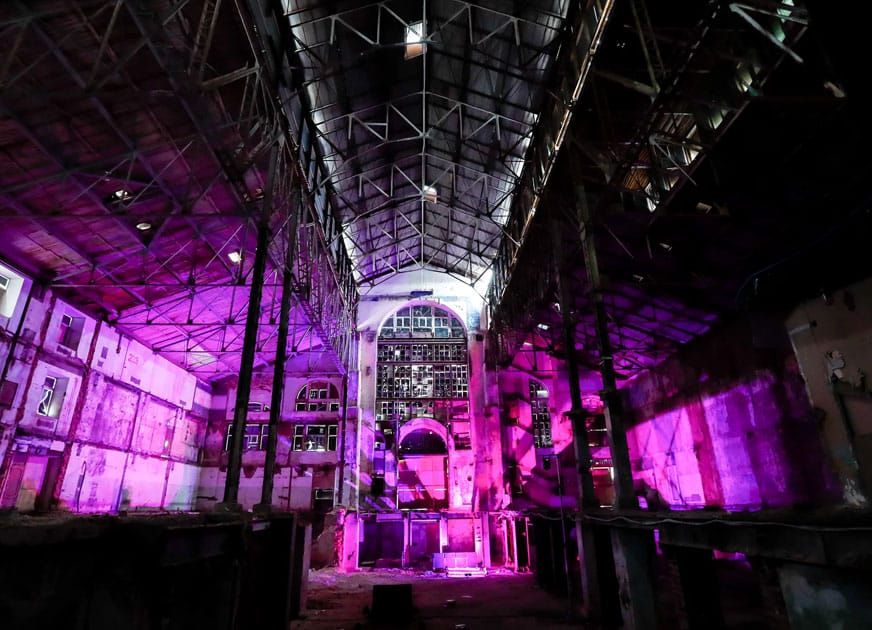
Leonid Mikhelson, the richest man in Russia, stands on a balcony overlooking the main hall of GES-2, a disused power station, as Moscow’s art crowd mill around him. It’s the opening night of Geometry of Now, a festival of sound art and club culture staged by his foundation, VAC. Curated by British artist and electronic musician Mark Fell, the four-day festival’s attractions include a man playing one note on a cello for an hour; a lecture on gender, politics and sound by the transgender musician Terre Thaemlitz, and a late-night DJ set by Detroit techno legend Anthony Shakir – along with 15 sound-based installations around the building, one of which is a vastly amplified recording of prawns having sex. So – given that Mikhelson paid for it all – which is his favourite artwork?
“My daughter,” Mikhelson tells the Guardian through an interpreter. Victoria Mikhelson is the “V” in VAC (somewhat improbably, the foundation’s full name is Victoria, the Art of Being Contemporary). A 23-year-old art history graduate who studied at New York University and the Courtauld Institute in London, she is one of the prime movers behind Geometry of Now. Her father, meanwhile, is the boss and major shareholder of Novatek, the Russian gas company. Forbes currently estimates him to be worth $18.2bn (£15bn). As the overhead heaters roast an audience preparing itself for the doom-rock sonic assault of Sunn O)))’s Stephen O’Malley and Muscovite underground artist Alexey Tegin, the suited Leonid may look a little out of place, but he’s taking the event in his stride. Is he looking forward to O’Malley and Tegin’s bone-chilling mixture of Buddhist chanting, industrial crashing sounds and howling guitar?
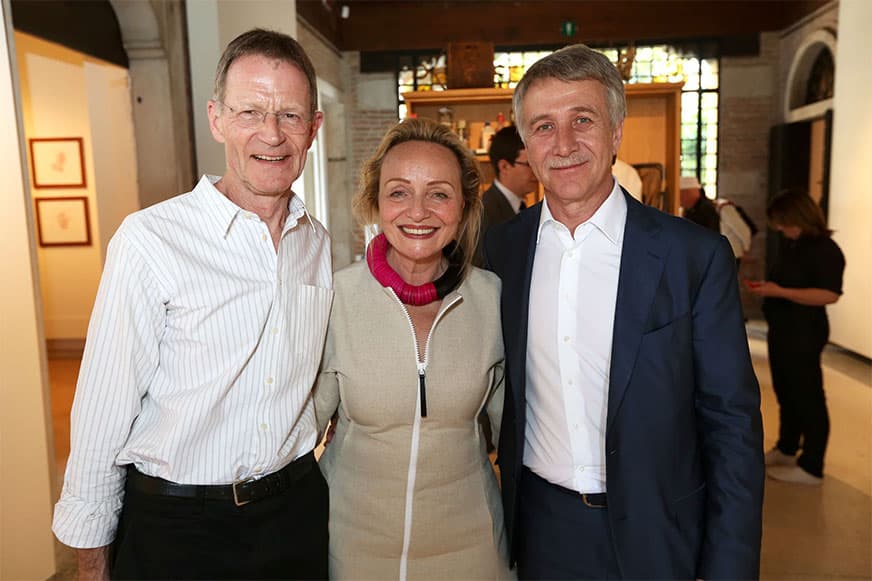
“I don’t know anything about it,” Leonid says. “I will be seeing it and being surprised, just like you.”
Geometry of Now marks a new chapter in Russia’s relationship with art. Once the home of artists who defined the avant garde – Malevich, Kandinsky, Rodchenko – the Soviet Union put an end to free artistic expression, while the iron curtain made any dialogue between Russian artists and their counterparts in the rest of the world near impossible. Glasnost took Russian art out of the deep freeze, then in 2003 the first commercial gallery for western art opened in Moscow. “People had never seen an original work by Warhol,” remembers Teresa Iarocci Mavica, who helped set it up, and is now the founding director of VAC.
Russian oligarchs soon made their presence felt at art fairs and auction houses. In 2008, Roman Abramovich caused amazement by spending £60m in 24 hours, on a Francis Bacon and a Lucian Freud. That year, he and his wife Dasha Zhukova founded Garage, an art museum in Gorky Park designed to show off their private collection. Initially dismissed as a vanity project, long on bling but short on intellectual heft, Garage has recently taken on museum status and with it a new direction. It is about to stage a triennial of Russian contemporary art, and has acquired an extensive archive of Russian artistic history from 1950 until now.
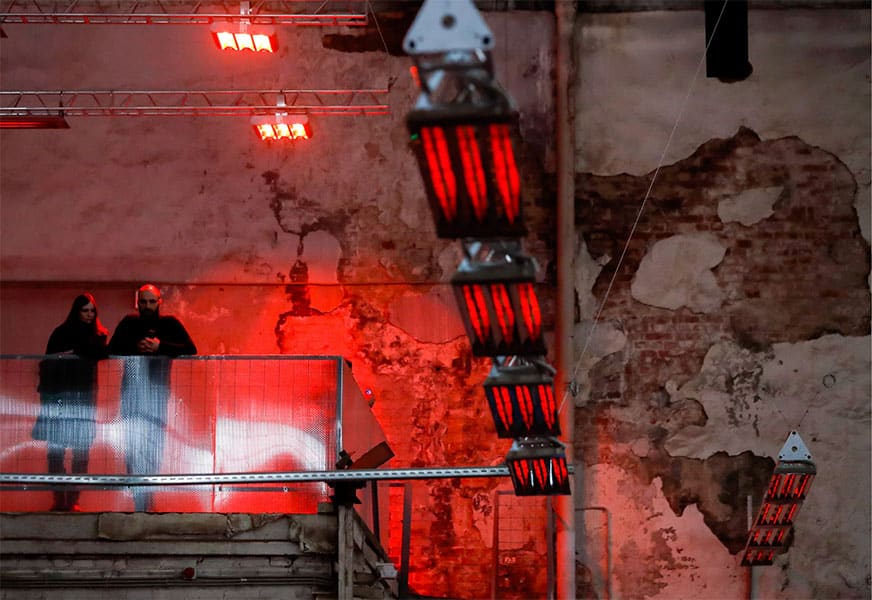
It’s catching up with VAC, which was set up in 2009 to help Russian artists bring their work to the world. Mikhelson had developed a small art collection; he enlisted Mavica, who is Italian, to advise him on future purchases. She told him that the great Russian collectors of the past, such as Pavel Tretyakov and Sergei Shchukin, didn’t buy the kind of old masters he was spending his money on, but on the artists of their time. “At the end of last year a very rich guy opened a museum of Russian impressionism here, spending a fortune,” Mavica snorts, referring to another billionaire businessman, Boris Mints. “For what? If you don’t want to work with what you have today, you’re not interested in the future.”
Mavica and Mikhelson struck a deal; he would set up an artistic foundation, and she would advise him on building his collection (which now includes work by Gerhard Richter, Cindy Sherman and younger artists like Chiara Fumai). Mikhelson’s ultimate hope is that Victoria will end up running VAC. According to Mavica, father and daughter are far more low-key than some of their peers. “He’s not a glamour person, he’s not the guy who will come to Venice with his 150-metre yacht,” she says (as Abramovich did in 2011, notoriously blocking the view of St Mark’s Square). “Victoria is extremely discreet, she’s a girl who is studying. For her, it’s extremely difficult to be the daughter of the rich guy and she wants to break this stereotype.”
Which brings us to their Moscow project, GES-2. Formerly a power station built in 1907 and decommissioned in 2015, it will be turned into VAC’s headquarters; a free art museum with exhibition, education and performance spaces, and a piazza intended to open it up to the rest of the city and connect to its other arts institutions. It’s an entirely philanthropic venture, Mikhelson’s legacy to Moscow. “At the beginning of this project I told Leonid: ‘Maybe we can have a small hotel somewhere to make some money,’ but he told me that if you’re doing something you have to do it well,” says Mavica.
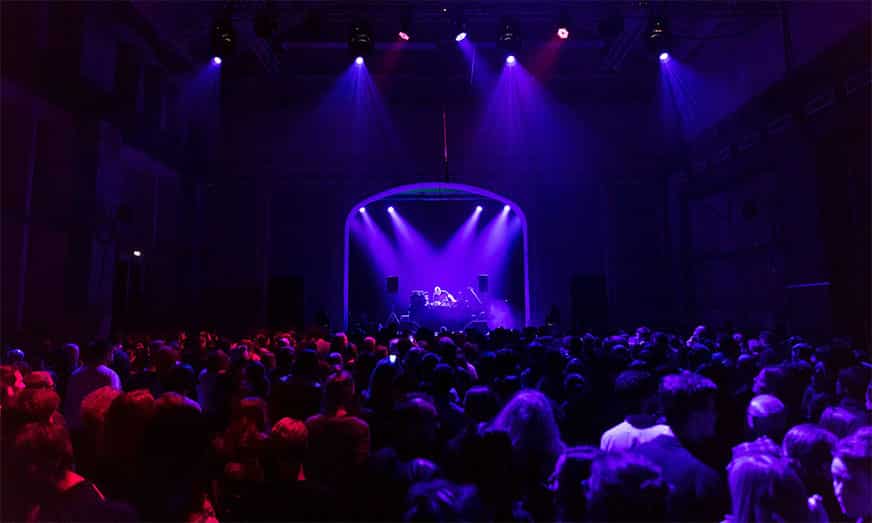
Scheduled to open in spring 2019, GES-2 is being remodelled by Antonio Belvedere of Renzo Piano Building Workshop. In its raw state, with its machinery removed, its cavernous spaces, concrete floors, battered old lockers and antique green tiles make it reminiscent of Berlin’s techno temple Berghain, the industrial aesthetics suiting the weird and pulverising music played at Geometry of Now. “The temptation is, it’s a great space, beautiful, what do you need to do with it?” Belvedere says. “But you realise that it takes three seconds to leave an intense experience and then you go away and it’s finished.” The plans for the final project, he says, are “a place, not a building … a project for the community, not the vanity of somebody”.
Geometry of Now is an opportunity to show off the building to Muscovites, and to set the tone for what is to follow. The sound installations by Russian and international artists range from James Richards, representing Wales at this year’s Venice Biennale, who has situated an eerie piece of video art in a vandalised old break room (“I wouldn’t have allowed myself to go into such noir territory if it wasn’t for the neon graffiti,” he smiles), to Jacqueline Kiyomi Gordon and Sonya Levin, who have dancers interacting with a series of temporary soundproof walls up on the second floor. Theo Burt’s rave-inspired bursts of sound and coloured lights illuminate a vast space at the building’s rear that is partially open to the elements. There’s even a Kandinsky – Krass und Mild – hung in a former smoking room, watched over by a glowering bouncer.
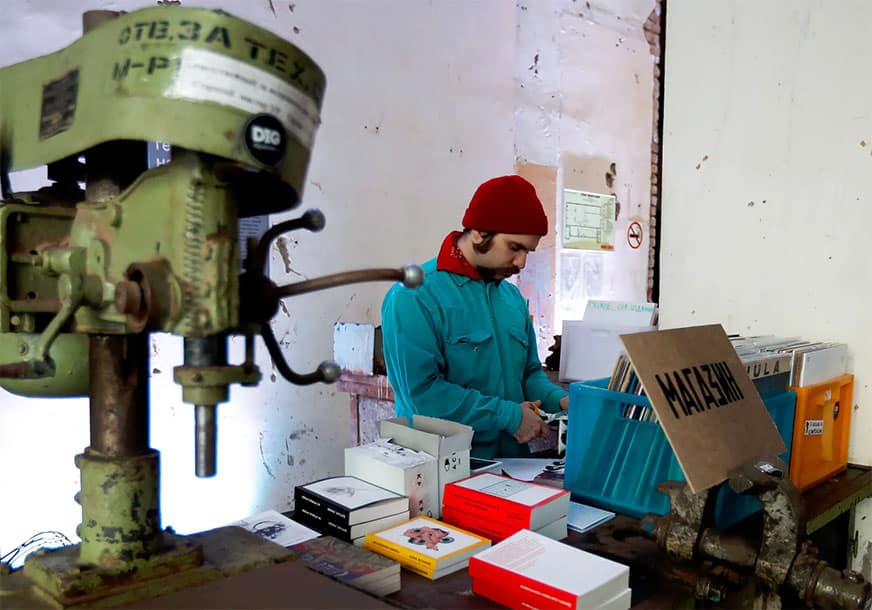
Each afternoon over the course of the festival there are music lectures on subjects like field recordings, modular synthesisers or 3D sound spatialisation. The early evening brings performances by local and foreign musicians and artists including Australian drone maestro Oren Ambarchi and Scottish video artist Luke Fowler. From midnight until 6am there’s a rave presided over by DJs and musicians, among them dub legend Lee “Scratch” Perry and minimal techno titan Thomas Brinkmann. Heady stuff for something taking place 20 minutes’ walk from Red Square, though the metal detectors on the door remind you of a more dangerous Russia. Owing to the country’s laws banning “gay propaganda” to minors, Thaemlitz’s lecture and performance, which delve into his religious and surgical experiences as a transgender person, are for over-18s only, a reminder that Russia’s values are not always entirely aligned with those of the liberal west.
Overseas, the intersection of club culture and the art world is familiar thanks to the early-80s New York club scene that incubated artists such as Jean-Michel Basquiat and Keith Haring; in Russia it’s a much more alien concept. Sound art is also largely unfamiliar to most Russians. Nonetheless, young people flock to the space over the course of the festival, to explore and to party. “We wanted to involve everyone and flatten out the ground for arts in the city,” emails Victoria Mikhelson, a couple of days after it finishes. “It was a good chance to show the Moscow public how performance that happens in clubs is also a source for thought.”
Sergey Sapozhnikov is a former graffiti artist turned art photographer, whose work incorporates allusions to Russian subcultures and its avant-garde tradition. He agrees that Geometry of Now, in which he is participating, has managed to make contemporary art accessible by fusing it with the excitement of clubbing. “It allows a wider audience to come here without feeling excluded,” he says through an interpreter. “It’s not at all scary, people fall in love with this stuff and this is what will drive them back when GES-2 finally opens.”
Fell, the curator of it all, was recruited by Victoria; his wide-ranging artistic practice includes records, film-making, writing and curation, plus projects like a site-specific work last year situated in a derelict pub in his native Sheffield. He says Geometry of Now took him a year to organise, involving between 50 and 60 artists. “It’s a bit naive to say it would be nice to be life-changing and inspiring and all that, those words aren’t very trendy in the art world, but I want to do stuff that impacts people and gives them a different way of considering their experience.”
In this, Fell was greatly assisted by Mikhelson’s bottomless pockets. “I was never given a budget,” he admits. “We often joke about it, because I’ll do a project and someone will say ‘What’s the budget?’ and someone will say ‘There is no budget’, which means there’s no money. Here, ‘There is no budget’ means there’s no limit.” However, the Yorkshireman was careful not to spend willy-nilly. “There were no business-class flights. The fee I quoted for the project, I didn’t think, ‘Oh, I’ll put a few zeroes on the end.”
The risk in such an unprecedented project is that no one will turn up, but Geometry of Now draws a passionate crowd, ranging from party animals to chin-strokers. They are utterly attentive for works as uncompromising as Éliane Radigue’s Naldjorlak, which contains three notes in about as many hours. Later on, they throw themselves into the dance party, from the menacing beats of footwork producer Jlin to Rian Treanor’s switchback percussiveness. It all speaks to a Russian hunger for contemporary culture, and to a desire to bring the country’s own artistic expression to the rest of the world, in the way that has already taken place in fashion, thanks to designers like Georgia’s Demna Gvasalia, of Balenciaga and Vetements, and Gosha Rubchinskiy.
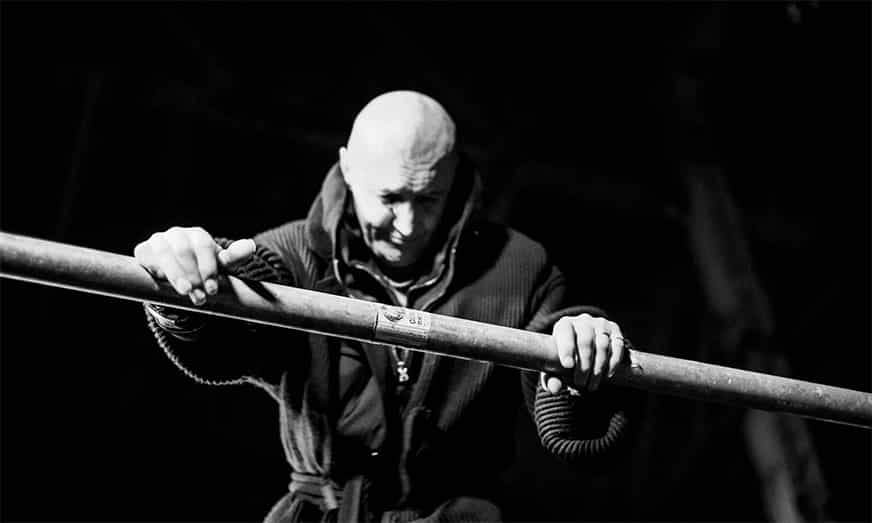
My festival concludes with a conversation with Alexey Tegin, whose sepulchral singing opened Geometry of Now. An imposing 65-year-old wearing black robes, who claims to have spent 15 years living in the dark, and who enjoys playing ruins “because ruins are what I feel inside”, he says that Russia is on the verge of a new spiritual and cultural awakening. Festivals, he says, are vehicles for changing people’s way of living, while work as intense as his draws out “primordial” needs in his listeners.
“The people are ready to open themselves to the spirits,” he says through an interpreter. “Even small painters and artists are more enlightened than billionaires.” Tegin adds that someone close to Abramovich recently approached him to ask what was going on. “He’s like a child – he knows there’s something huge which he cannot buy and he wants it.” The point of funding the arts, says Tegin, is: “You give them money and you don’t expect anything in exchange. The future of the country isn’t about money, it’s about the spiritual and the cultural.”
It’s easy to scoff, but harder to dismiss the energy and determination in the air. In art, as perhaps in life, the Russians are coming.
Comments
Add comment